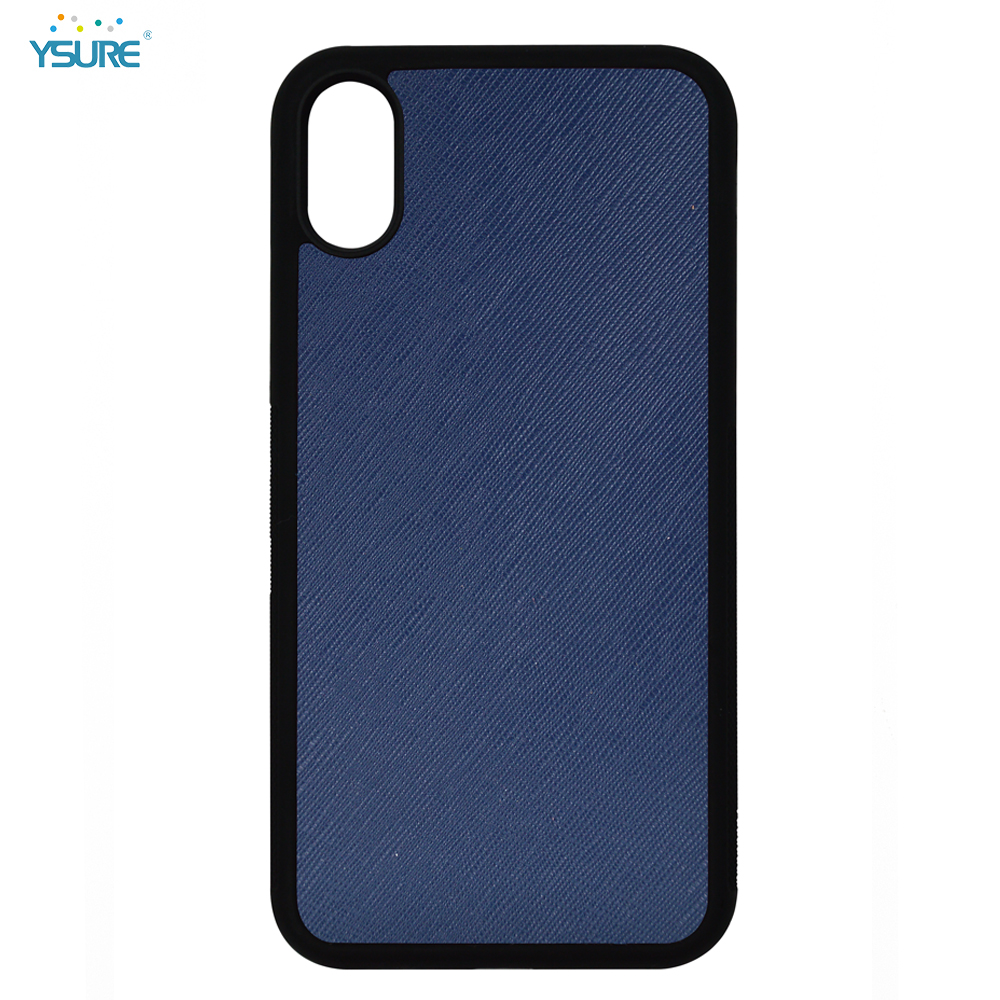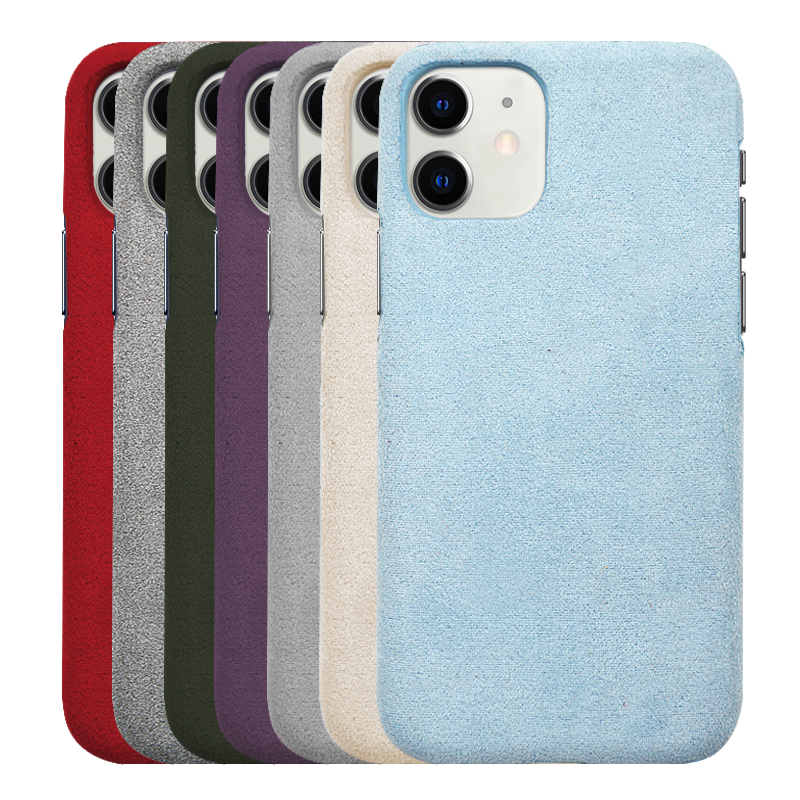1. Check the printing plate
Check the sealing of the printing plate, whether the printing plate is damaged by sand holes, whether the printing plate and the bottom plate are installed loosely, whether the screen distance is appropriate, whether the printing rules are correctly positioned, and whether there are multiple colors.
2. Selection of scraper
The length of the squeegee should be slightly longer than the printed graphics, and different shapes of squeegee should be used for different substrates. The rubber squeegee should have a certain flexibility to improve the contact performance between the screen and the substrate and make the printing ink even. The blade needs to be flat. If the surface is uneven, sandpaper should be used to smooth it. The blade material can be made of 5mm acid-resistant rubber.
3. Preparation of printing materials
The preparation of printing materials should be based on the material and printing requirements to determine its type and composition. The key to the preparation is toning, drying and viscosity adjustment, and strive to adapt to the requirements of scratch printing. The printing material should be adjusted first and stored for one day to make its performance stable, except for gold adjustment. It should also be checked for foreign objects in the printed material to prevent the printing plate from being scratched during scratching.
4. Casting materials
The printing material is generally placed in front of the screen frame in the starting position and within the width of the scraper. The printing material in the screen frame should not be placed too much. It can be added at any time to facilitate the control of the amount of ink during the printing operation.
5. Scratch
â‘ Hand-held substrates are placed on the platen with rules, put down the screen frame, and there is a certain screen distance between the plate and the platen.
② Hold the scraper against the screen, and keep the angle of 50-60 ° when the scraper is scraping. The scraper moves the ink at a certain speed, so that the printing material will open the screen hole of the graphic part under the pressure of the scraper. The medium leakage is printed on the substrate. After the scraper scrapes, the screen rebounds and separates from the substrate. Depending on the size of the printing area and the length of the scraper, you can use one-hand or two-hand scraping operation, but to control the amount of printing material, the printing plate should be scraped clean, and no printing material should be left on the graphic of the printing plate.
â‘¢ Lift the screen frame and take out the substrate from the table.
6. Scrub the screen
During the printing process, if you find that the print is blurred and the mesh is clogged, you must wipe the printing plate. Use a cotton wool or a soft cloth dipped in solvent to gently wipe the front and back sides of the screen. When scrubbing, you should first scrub the graphics and text, and then scrub other places. The front and back sides of the printing plate should be scrubbed and cleaned, the blockage should be dredged, and the solvent on the printing plate should be absorbed. After printing, the printing plate should also be cleaned.
7. Register printing
When printing a color chromatographic plate, it is necessary to distinguish the ink color level. Generally speaking, the light color should be printed first and then the dark color, and the secondary printing should be printed first, and then the main printing should be arranged when the printing plate is made. The color version must be printed accurately, especially the first color version should be printed very accurately. When there is a mixed color scratch printing, the upper form of the printing plate should be changed according to the mixed color trend, so as to facilitate the scraping printing.
8. Drying after printing
It needs to be dried after each printing, but the drying in the middle of the two colors only requires that the next printing will not stain the upper mark, and the final drying should also consider the outer ink layer to dry to ensure the adhesion of the ink layer. Some substrates are very easy to expand and contract due to climate change, such as overprinting is not timely, long-term storage will cause overprinting inaccurate, which should be paid attention to when drying.
The Card Slot Back Cover with the protect function , and you could put the card slots ,it more convient you life .It could fit all phone size , Like S, M and L size (4.7-5.5).We sell Pu/genunine Leather Phone Case,Card Slot Phone Case,folio Phone Case , Card Slot Back Cover,Leather Mobile Phone Cover,Universal Leather Case.


We employ the most creative designers and tech brilliant engineers to make the best cases. We believe our high-quality products with competitive prices will satisfy your needs.
The productive process :
Make the Products Mould –Cutting the fabric –Do the half products – Finish products – Cleaning –QC- Package – Shippment .
Card Slot Phone Case
Slot Phone Case,Phone Case Cover,Card Slot Back Cover,Card Slot With Phone Case
Guangzhou Ysure Electronic Technology Co., Ltd. , https://www.ysurecase.com
